THE “HOODOO” BURGLAR OF BEDFORD (1904)
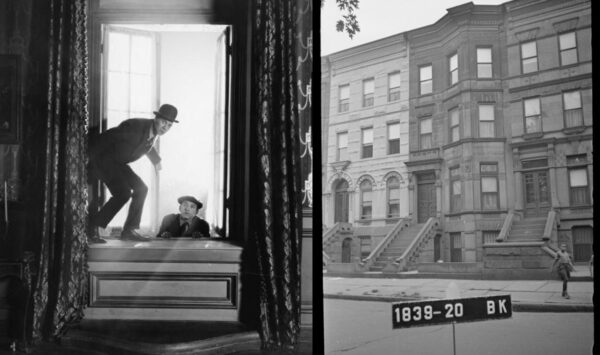
******************************************************************************************************************************** Brownstone Detectives investigates the history of our clients’ homes. The story you are about to read was composed from research conducted in the course of one of those investigations. Do you know the history of YOUR house? ******************************************************************************************************************************** “In the arrest of Roy Hyden, a 25-year old Austrian, early this morning, Brooklyn’s most active burglar was run to earth and a heavy load lifted from the police mind. “Henry F. O’Connell, a special officer, who is employed by the residents in the neighborhood of Jefferson and Marcy avenues to watch their homes at night, caught the man shortly after 3 o’clock this morning, “with the goods on him.” O’Connell espied Hyden coming down the stoop of the home of Mrs. Maria C. de Porozo, at 254 Jefferson avenue, staggering under a weight, with his pockets bulging; the bay parlor window was wide open. Before Hyden reached the bottom of the stoop he was in the firm grasp of O’Connell. The latter lost no time in calling a patrol wagon and the prisoner was hustled to the Gates avenue police station. There he was joyfully received by Detective McGann, who relieved him of his burden. “No less than sixty-four pieces of silver, including knives, forks, spoons and other small diningroom articles, weore fished out of his commodius pockets. But what pleased the police more than all “the silverware, was a steel case-opener and an electric flashlamp, which were carefully stowed away in the lining of the prisoner’s overcoat. Hyden gave […]
BROOKLYN DREAMS OF ELECTRIC SHEEP (1903)

******************************************************************************************************************************** Brownstone Detectives investigates the history of our clients’ homes. The story you are about to read was composed from research conducted in the course of one of those investigations. Do you know the history of YOUR house? ******************************************************************************************************************************** In 1903, the Brooklyn Daily Eagle printed a fantastical futuristic story that gave insight into what Brooklyn’s imaginative residents may have suspected was the future for their borough. Entitled, “Brooklyn in 1999,” it was subtitled, “When Electricity Has Gone Out of Fashion and the B. R. T. Has Air Line Franchises” – a hopeful nod at the speed of progress, as well as a cynical snipe at how, ironically, “nothing ever really changes.” Like most “dreams” of the future, this one was rather reflective of the then-present, albeit including the compulsory automatic-everything and instantaneous air travel. One thing is a certainly, and that was the 1903 Brooklynite’s token view of “the help,” which was, in this case, the omnipresent Irish kitchen girl, who lives on in the form of an automaton with a fairly common Irish name… ********************************************************************************************* “The iron bridget’s out of order again this morning,” complained Mrs. Bobbidge, as her husband came out to the diningroom in his dressing gown and slippers. “Bother!” was Mr. Bobbidge’s remark. “This’ll make the fourth morning this month that I have been late at the office. He glanced at the clock. It was half past 10. He had only half an hour in which to get his breakfast and reach his desk. “We’ll […]
THE JAPANESE GILT OF 150 HANCOCK ST (1887)
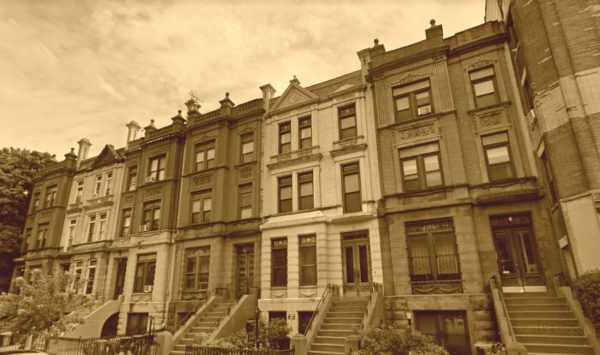
******************************************************************************************************************************** Brownstone Detectives investigates the history of our clients’ homes. The story you are about to read was composed from research conducted in the course of one of those investigations. Do you know the history of YOUR house? ******************************************************************************************************************************** Much of the design selections made by designers in the last part of the 19th century are comprised of a coterie of materials, patterns, and tools either no longer available today or much changed in their appearance. Although most builders used simple materials that did not require the knowledge or training of a master designer, some of the more high-end brownstone constructors utilized the services of those who would tailor their interiors toward the more affluent members of society. In the late 1880s, the Brooklyn Daily Eagle started a series of articles which described – in great length and detail – the interiors of individual newly-built or renovated houses. These houses were usually brownstones belonging to those affluent or upper-middle-class members of society. Not only did such articles describing the interiors of neighbors’ homes sell newspapers, but the articles also served as advertising directed at those in the market for a townhouse to have a home of their own. These advertisement-articles were placed, likely at the expense of the designers responsible for the “interior decorations” being described, as each piece ended with what readers wanted to know. “Who did the work?” THE WORK WAS DONE BY HALBERT In 1886, a row of Queen Anne style 3-story and basement “brown stone houses” […]
THE BOY HOODLUMS OF HANCOCK STREET (1899)
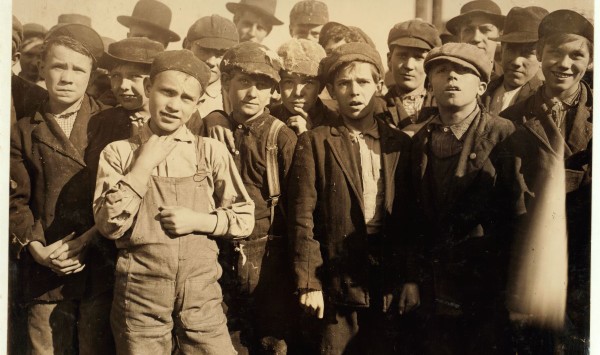
******************************************************************************************************************************** Brownstone Detectives investigates the history of our clients’ homes. The story you are about to read was composed from research conducted in the course of one of those investigations. Do you know the history of YOUR house? ******************************************************************************************************************************** If you were a boy hoodlum in “Bed-Stuy” back in 1899, then it is a good bet that you conducted your “outrages” along that stretch of Howard Avenue between Halsey and Hancock Streets. For it was there that a “small reign of terror” was “inaugurated” during this period, as small gangs of boys “armed with sticks and stones” prowled about the area with determined mal intent. A NEIGHBORHOOD COMPLAINS – THE EAGLE RAILS “The irrepressible and unregenerate young generation of boys in the vicinity of Howard avenue and Halsey street are making existence a heavy load to the law abiding population of that community,” railed the Brooklyn Daily Eagle. “The choicest lot of hoodlums in the city have banded themselves together,” the paper continued “and use that block as a fixed center, from which they conduct a campaign of well planned outrages for a radius of many blocks around.” A CASE IN POINT Two boys, in particular, were reported to the police after having assaulted a “little 10 year old boy who was going to the grocery store for his mother.” The boys, a 14-year-old member of the Earle family living at at 73 Howard Avenue and a boy named Goldstein, living at 96 Howard Avenue, “led the charge upon the […]
THE GREAT BROOKLYN FLOOD OF 1903
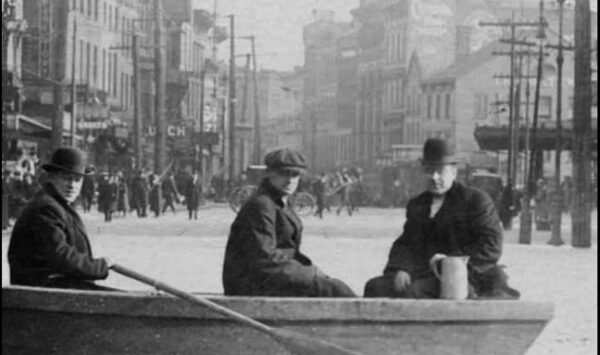
******************************************************************************************************************************** Brownstone Detectives investigates the history of our clients’ homes. The story you are about to read was composed from research conducted in the course of one of those investigations. Do you know the history of YOUR house? ******************************************************************************************************************************** By 7 a.m. on Friday, 9 October 1903, the cellars all along Macon Street were completely inundated with water that was rising quickly toward the basement joists. Without let up, the turgid brown waters continued to pour into the homes through the under-stoop doorways until the floodwaters had reached the level of the basement windowsills, whereupon it then began to pour also through the windows and into the basement dining rooms. The Ocean Hill area, like much of Brooklyn, had fallen victim of the heavy rains that had been falling continuously for much of the night. All the residences along Hancock, McDonough, Macon, Decatur, Bainbridge and Chauncey Streets were so flooded that residents on the ground floor apartments discovered upon waking that they were forced to go to the second floors to escape the waters. “IN SARATOGA PARK…BENCHES WERE FLOATING ABOUT…” The paths in Saratoga Park, according to one newspaper account, “had become running streams and benches were floating about.” The nearby Putnam and Halsey streetcars stopped running, as “it was impossible to take on any passengers, as the water was as high as the seats.” Streets and sidewalks were submerged under several inches of water, and, eventually, furniture moving vans were pressed into service by the police to be used […]
THE MISSING CORNERS OF BED-STUY (1941)
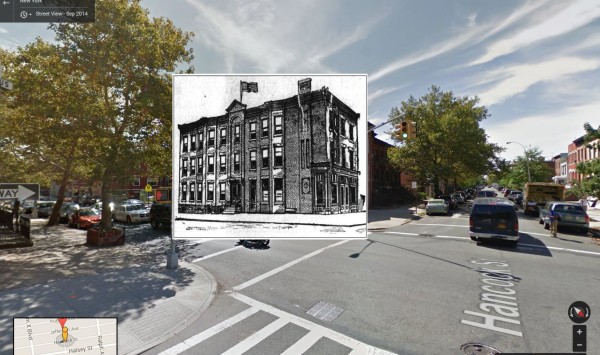
******************************************************************************************************************************** Brownstone Detectives investigates the history of our clients’ homes. The story you are about to read was composed from research conducted in the course of one of those investigations. Do you know the history of YOUR house? ******************************************************************************************************************************** So many of our corner buildings are missing. If you walk around any neighborhood that was built-up in the late 19th/early 20th century, you’ll find that many of these “end-lot” buildings did not survive the “down” periods of Brooklyn history. Compared to their smaller 1- and 2-family homes that have historically surrounded them, these larger apartment buildings have had a much more difficult time staying maintained and holding on to their tenants. Largely due to costs, the maintenance and upkeep has gone first, followed by the disappearance of the tenants – then the buildings themselves. Many of these buildings have been torn down, actually, since the 1980s – some as recently as 7-10 years ago. Sadly, we even see “tear-down” candidates which have surprisingly lasted into the present century – those buildings which, to a builder, would be cheaper to tear down than to renovate. If you want to see what these old “disappeared” apartment buildings look like, there is a deteriorating example that sits today at the corner of Malcolm X Boulevard and Macon Street. This one is already on the auction block and, sadly, will struggle to survive into the next decade. THE LOTS OF BED-STUY One Brooklyn neighborhood where empty corner lots abound is Bedford-Stuyvesant. These lots tell […]
A HEART FROM BED-STUY’S GIANTESS (1898)
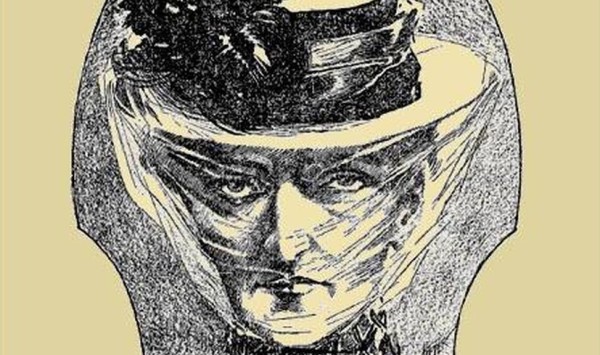
******************************************************************************************************************************** Brownstone Detectives investigates the history of our clients’ homes. The story you are about to read was composed from research conducted in the course of one of those investigations. Do you know the history of YOUR house? ******************************************************************************************************************************** The history of Bedford-Stuyvesant embraces many giants. There is Jackie Robinson, Jackie Gleason, and Chris Rock, just to name a few. Bedford-Stuyvesant, though, probably claims only one giantess. It most certainly claims only one murdering giantess – and, no doubt, claims the first murdering giantess to be put to death in the electric chair. Martha Place, who lived for a time in a brick townhouse at 598 Hancock Street, was that giantess. She stood 6 foot 7 inches tall and – around Valentine’s Day of 1898 – had become the talk of Stuyvesant Heights. But her popularity was not due to her loving, endearing ways. Quite the opposite. It was because she had committed such a brutal murder that year that the State of New York considered, for the first time, putting a woman to death in their new-fangled electric chair. The electric chair had been adopted by the State of New York just ten years previous. And in the decade to follow, just 25 men had been executed with it. This would be the first time, though, that “Old Sparky” would snuff out the life of a woman. Indeed most people could not believe it was about to happen. A jealous and volatile woman, Martha had had the “temper of […]
PVT. ARTHUR HOLDSWORTH (A BEDSTUY HERO)
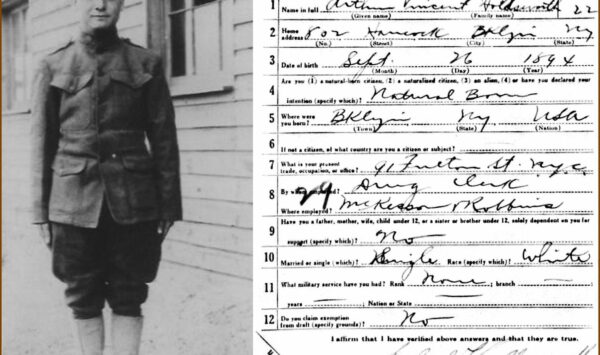
******************************************************************************************************************************** Brownstone Detectives investigates the history of our clients’ homes. The story you are about to read was composed from research conducted in the course of one of those investigations. Do you know the history of YOUR house? ******************************************************************************************************************************** In 2014, The Brownstone Detectives partnered with the New York City Parks Department to help celebrate the lives of the servicemembers of Bedford-Stuyvesant Heights who made the ultimate sacrifice during the Great War. We researched these heroes to locate pictures, stories, and their descendants to be brought together for a ceremony that dedicated a new “Victory and Peace” war memorial at Saratoga Park. This biography tells the story of one of those servicemembers. PVT. ARTHUR VINCENT HOLDSWORTH Arthur Vincent Holdsworth looked for all the world like a little boy. Even after he had joined the Army and went to training at Camp Upton on Long Island, he could not escape the blush of youth. In the picture (right), Pvt. Holdsworth displays that youth, all too surely, along with his inexperience, and maybe just a bit of his great uncertainty for the future. He stands awkwardly erect outside of a barracks, proud in his new uniform, but looking like a schoolboy in his first set of Sunday clothes. Truth be told, he was still a boy yet – still an innocent. But he would mature quickly and, in a war that defined his age, die just as quickly. THE WAR In the grand scheme of things, Pvt. Arthur V. Holdsworth drew the […]
The Campfire Girl & The Marxist, Pt. II (1915)
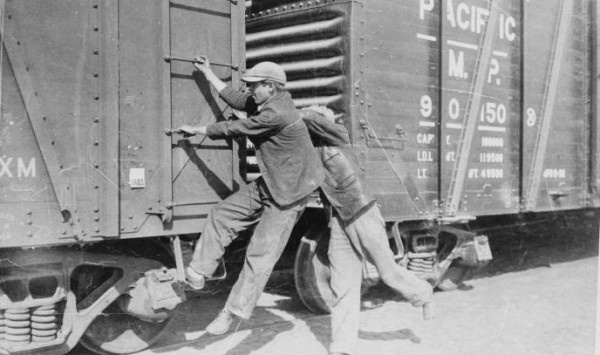
(And now, the thrilling conclusion of – “The Campfire Girl & The Marxist.”) THE ESCAPE PLAN The escape plan seemed so simple in its design that it was later wondered how it ever worked. Although the overall scheme of hopping freight trains headed west was plotted intimately with maps and the help of encyclopedias, the actual disguise plans and methods for eluding authorities was rather, well, sophomoric. But it worked. It seems that Max went down to a store on Fulton street, and there bought for Viola a pair of brown knickerbockers, a Norfolk jacket and a gray cap with a peak on it like a bicycle cap. Viola would look like a boy bicyclist. “He just guessed at the measurements,” said Bostick, adding with a knowing grin, “and I must say Max was a fine guesser.” When Max, Viola, and Andrew arrived at the Kowenhoven station of the Long Island Rail Road – for Andrew was an accomplice in their escape – Max made a suggestion that must have rankled Viola – that, to aid in their escape, she could roll her hair up and hide it under her cap. Viola, however, was having none of that. If she was going to be a boy, she was going to go the distance. She stated firmly that she wanted her curly locks shorn completely. So, there, under the archway of a railroad bridge, Max snipped off six “curls.” He kept three, bound in a handkerchief, and gave three of them […]
The Campfire Girl & The Marxist (1915)
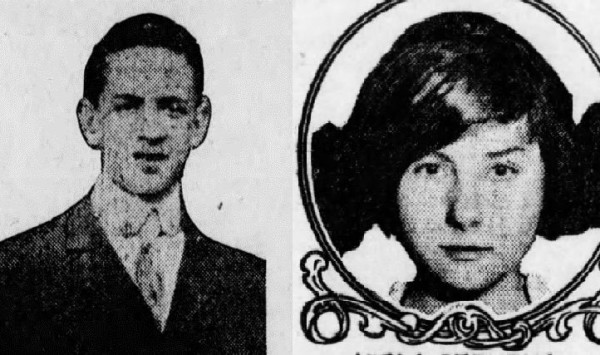
******************************************************************************************************************************** Brownstone Detectives investigates the history of our clients’ homes. The story you are about to read was composed from research conducted in the course of one of those investigations. Do you know the history of YOUR house? ******************************************************************************************************************************** If nature were a fair goddess, she would have made some girls boys and some boys girls. Although most teenagers often go into their young adulthood trying to determine just who they are, some know it instinctively and early on from experiences that leave indelible etchings upon their souls. Viola Stevens was just such a girl. Although she was new to Hancock Street – and a bit serious for her years – she had initially proved herself to be very much like all of the other girls on the block. She loved nature, had boy “friends,” was a Campfire Girl, and had even, after some time, became a Woodcraft Girl. In other words, she spent nearly all of her 15 years doing “girl” things. In 1915, though, all of that changed when she did a very “boy” thing, which terrified her mother and excited the entire borough. She ran away – with a socialist. A MOTHER’S POINT OF VIEW No, of course. The “running away” bit was the actual catastrophe as far as her mother was concerned. The fact that the boy was a socialist simply added some salt to the wound. Any mother would tell you that her daughter is her world and that she is pure as the driven […]